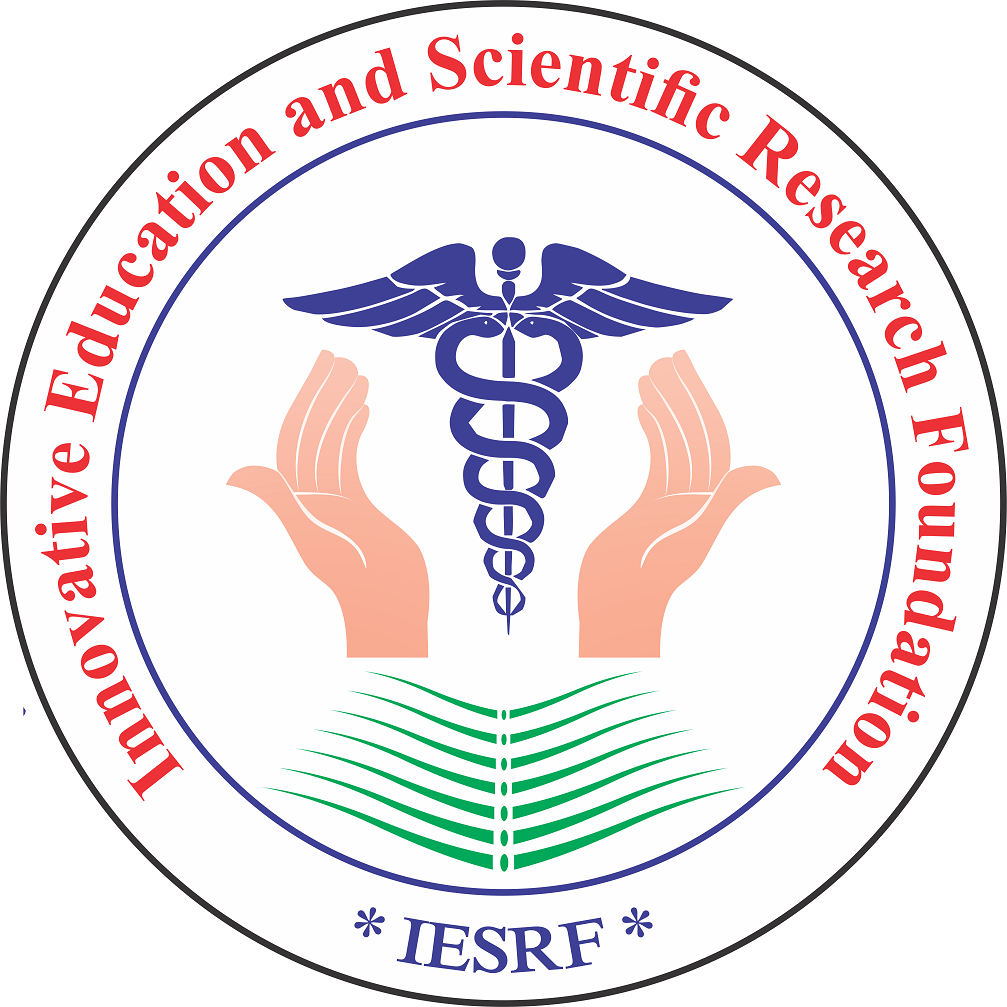Ahead of Print
The Role of Artificial Intelligence in Monitoring Glaucoma Progression Using Optical Coherence Tomography
Authors: Dr.Sushmitha Gurumoorthy, Dr.N.V.MEENA LOCHANA NAYAKI, Dr.K.Ezhil vendhan
DOI: 10.18231/j.ijceo.11108.1761806059
Keywords: Glaucoma, Optical Coherence Tomography (OCT), Artificial Intelligence (AI), Deep Learning, Retinal Segmentation, Glaucoma Detection, Disease Progression Monitoring, Predictive Modeling, Explainable AI (XAI), Teleophthalmology, Automated Diagnosis
Abstract: Glaucoma is a leading cause of irreversible blindness worldwide, necessitating early detection and effective monitoring to prevent vision loss. Optical coherence tomography (OCT) has emerged as a vital imaging modality for assessing structural changes associated with glaucoma progression. However, manual interpretation of OCT data is time-consuming and subject to variability, prompting the integration of artificial intelligence (AI) in glaucoma management. This review explores the role of AI in detecting, diagnosing, and monitoring glaucoma progression using OCT imaging. It highlights advancements in AI-driven segmentation of retinal structures, feature extraction, and predictive modeling, which have enhanced diagnostic accuracy and facilitated personalized treatment strategies. The paper also examines the clinical applications of AI, including population-level screening, real-time analysis, and telemedicine solutions. Despite these advancements, challenges such as data variability, ethical concerns, and the interpretability of AI models persist. Addressing these limitations through interdisciplinary collaboration and the development of explainable AI (XAI) holds the potential to revolutionize glaucoma care. This review underscores the transformative impact of AI on OCT-based glaucoma management and identifies future directions for research and clinical implementation.
